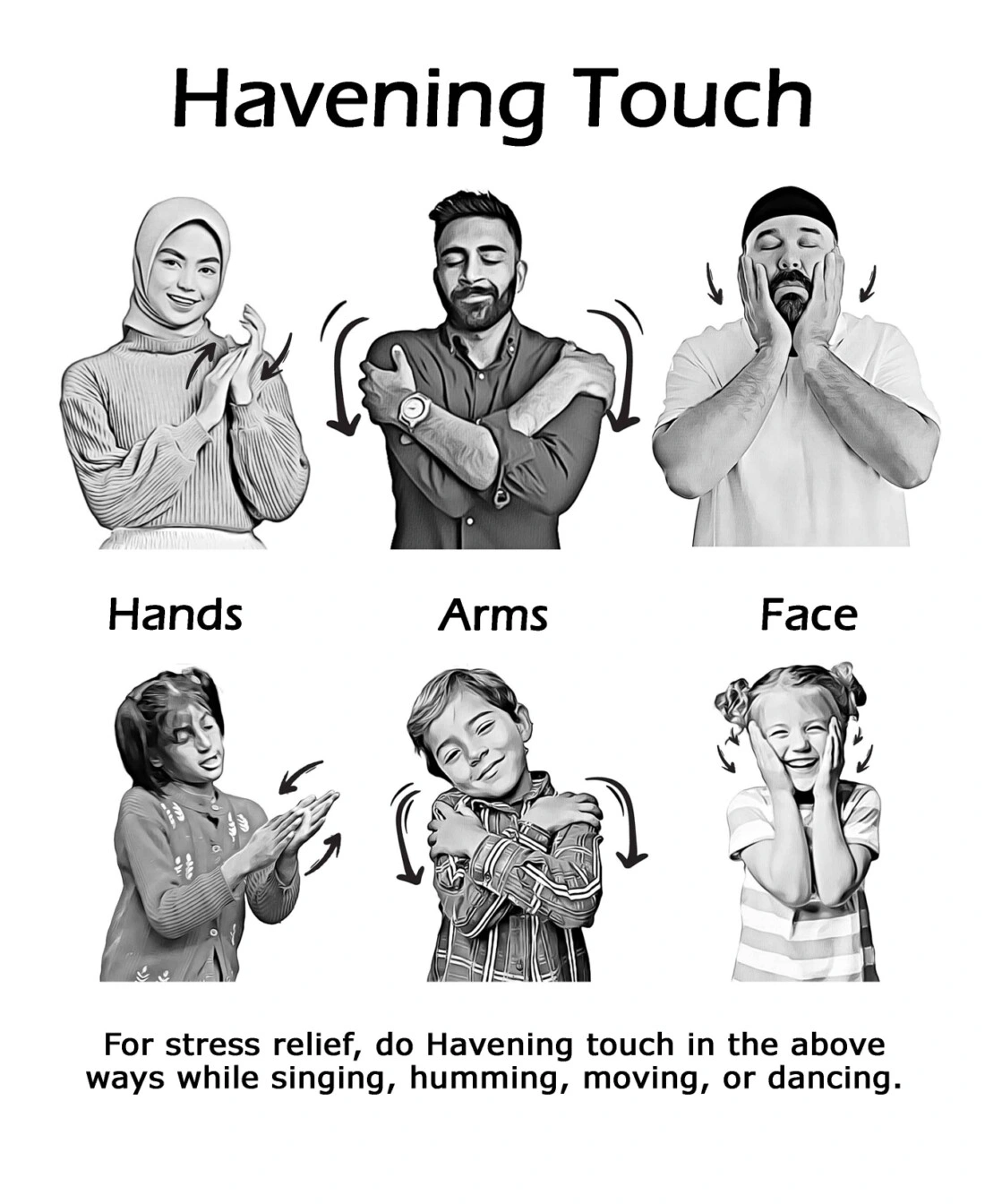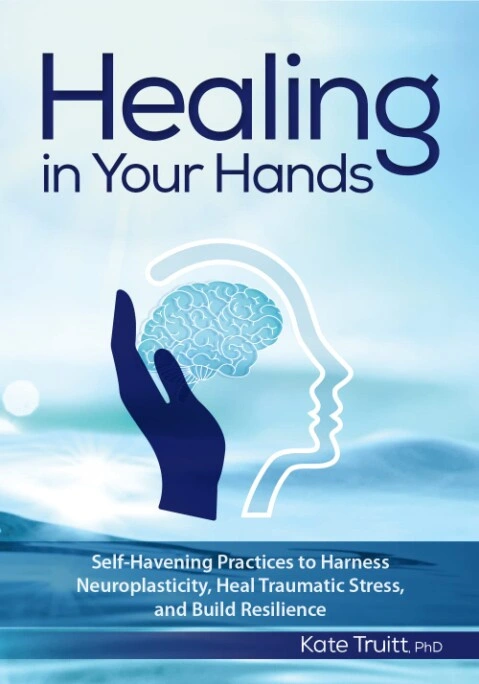Havening

More about the neuroscience of Havening Techniques and exciting latest research:
Dr Robin Youngson’s local New Zealand statistics of how Havening Techniques has been used to rapidly heal childbirth trauma:
You can find the following research and explanation at: www.havening.org
'Havening Techniques is a relatively recent psychosensory approach used in the treatment of trauma, anxiety, and other stress-related conditions. Research supporting the efficacy of Havening Techniques is emerging with growing interest from academic researchers, a number of studies have indicated its potential as an effective therapeutic tool. The body of empirical research listed below examines various applications of Havening, including its impact on emotional regulation, trauma recovery, and physiological stress responses. The following provides references and links to the published studies that explore the mechanisms, outcomes, and clinical implications of Havening, highlighting its efficacy and potential integration into practice.'
- Treating the phobic and anxious dental patient: Introduction to Havening Therapy.
Ruden, S. J., & Ruden, R. A. (2010). Dentistry Today, 177, 1–6. PMID: 20408291 - Impact of a single-session of Havening.
Gursimran, T., Tom, D., Gould, M., McKenna, P., & Greenberg, N. (2015). Health Science Journal, 9(5:1), 1–5. - Harnessing electroceuticals to treat disorders arising from traumatic stress: Theoretical considerations using a psychosensory model.
Ruden, R. A. (2018). - A psychophysiological examination of the mutability of type D personality in a therapeutic trial.
Hodgson, K. L., Clayton, D. A., Carmi, M. A., Carmi, L. H., Ruden, R. A., Fraser, W. D., & Cameron, D. (2021). Journal of Psychophysiology, 35(2), 116–128. - Uses of Energy Psychology Following Catastrophic Events.
Feinstein D. (2022). Frontiers in Psychology, 13, 856209. https://doi.org/10.3389/fpsyg.2022.856209 - The power of touch: The effects of havening touch on subjective distress, mood, brain function, and psychological health. ,
Sumich, A., Heym, N., Sarkar, M., Burgess, T., French, J., Hatch, L., & Hunter, K., Psychology & Neuroscience (2022). 15(4), 332– 346. https://doi.org/10.1037/pne0000288 - Learning from Läklabbet: An integrative transdisciplinary eco therapeutic treatment approach designed to promote resource capacity in people recovering from chronic ill health. Open Science Framework: PsyArXiv Repository for the Psychological Sciences. Borchert, N., Eliasson, H., Hamne, G., Hodgson, K., Lyche, T., Mayer-Pelinski, R., Praesto, F., Radu, G., Sandström, U., & Stapleton, P. (2023). Open Access Digital Archive. 1-9. https://doi.org/10.31234/osf.io/a6zw8
- Augmenting resilience to trauma: A parallel-group controlled trial of a psychosensory intervention. Article 8. Hodgson, K. L., Carmi, L. H., Ruden, R. A., Carmi, M. A., & Cameron, D. (2023). Open Science Framework: PsyArXiv Repository for the Psychological Sciences. Open Access Digital Archive, 1-8. https://doi.org/10.31234/osf.io/7jm2s
In her 2022 book “Healing in Your Hands”, Dr Kate Truitt, neuroscientist and clinical psychologist provides many wonderful Havening exercises to help self-calm, self-connect and self-create new possibilities. To access a guided mediation called 'CPR for the Amygdala' developed by Dr Kate, click on the link below.

What is Humanitarian Havening?
Humanitarian Havening is an initiative to bring the healing effect of Havening to emotionally distressed communities across the world- both near and far. It is easily taught and shared in groups, and can be passed on to other families, groups, and communities.
If you are already working with communities to provide relief, Havening is an easy add-on method for reducing distress and enhancing calmness. You can offer it while administering aid and resources.
Havening is also ideal for treating secondary trauma experienced by volunteers.
Havening in Humanitarian work provides a simple, safe, and lasting effect on trauma resolution, community recovery and resilience.
For more information about how to receive assistance, contribute, or get involved, please visit www.HumanitarianHavening.org

